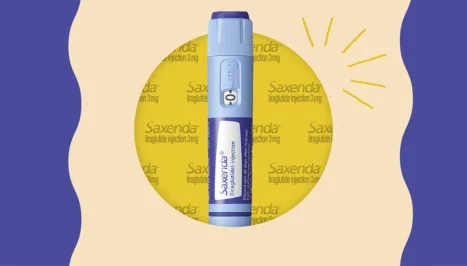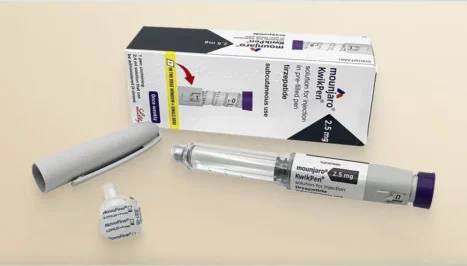What Is Tesamorelin Injection and Should You Use It?
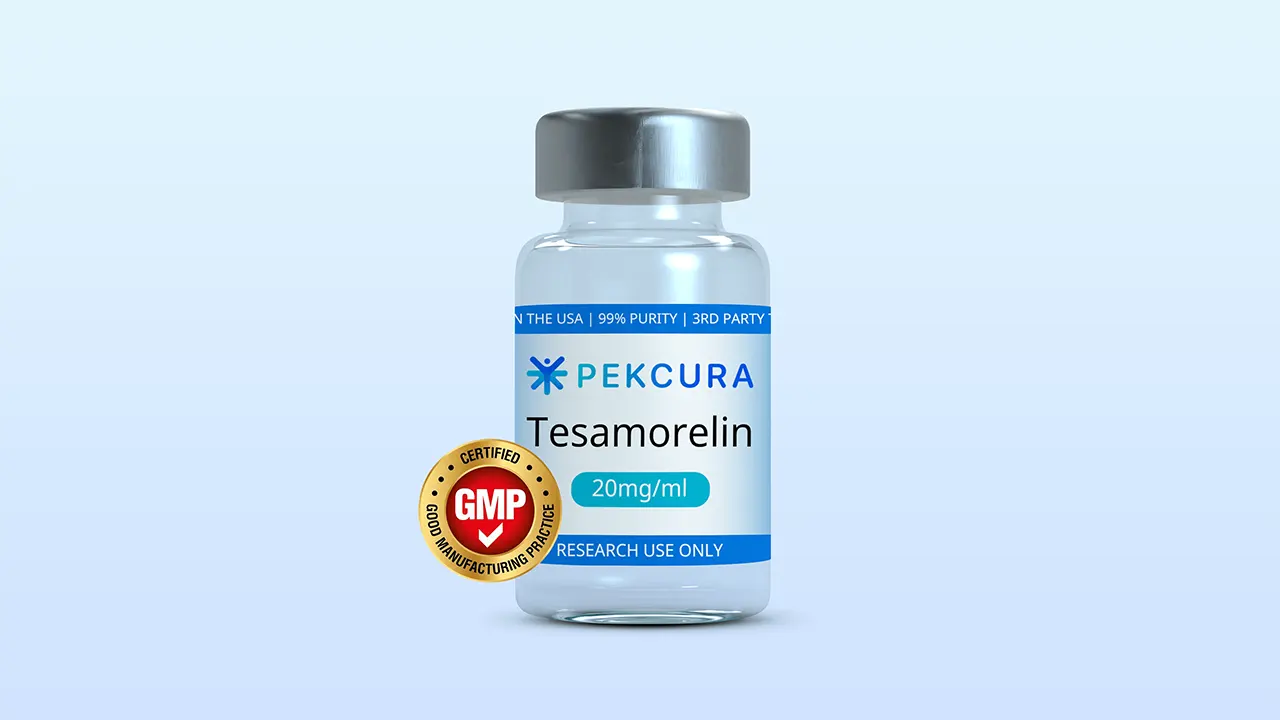
If you’ve spent time in gyms or browsed fitness forums, you’ve probably heard terms like “peptides” thrown around—compounds that promise a shortcut to a leaner, fitter body. One of these names that keeps popping up is Tesamorelin injection. This drug is famous for targeting some of the most stubborn fat in the body—especially belly fat. But is the reputation real, or is it just another flashy claim from the fitness industry? Let’s break it down honestly.
What Exactly Is Tesamorelin Injection?
First things first: Tesamorelin injection is not a supplement you can casually buy at a store. It’s a prescription-only drug sold under the brand name Egrifta, originally designed for a very specific medical purpose—treating lipodystrophy in HIV patients.
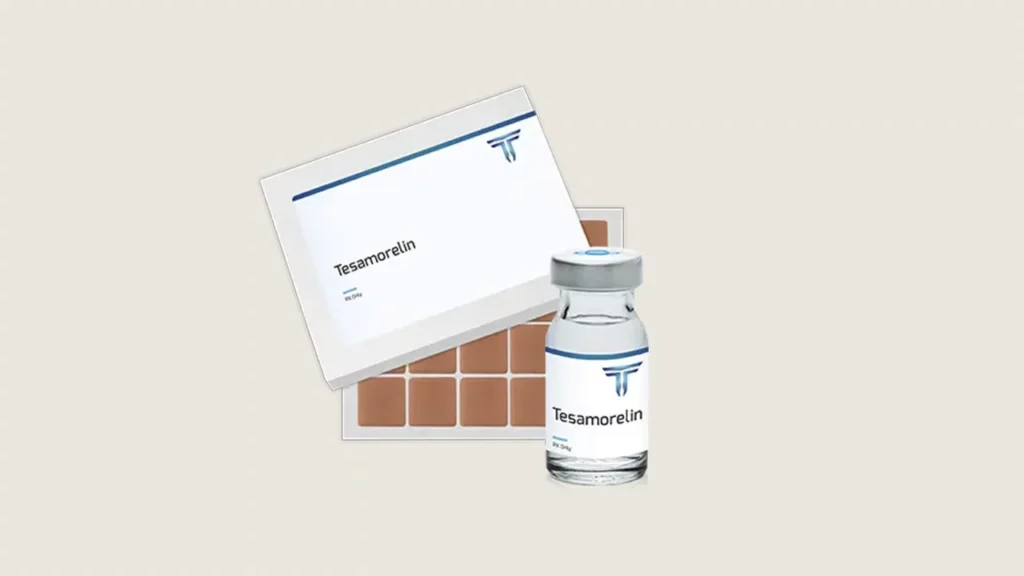
In these patients, fat distribution becomes abnormal, and large amounts of dangerous fat accumulate around the abdominal organs. Tesamorelin injection was created to directly address this issue. Because it was so effective, athletes and anti-aging enthusiasts soon began using it “off-label.”
Scientifically, tesamorelin is a synthetic version of a natural hormone called GHRH (Growth Hormone-Releasing Hormone). Think of your brain’s hypothalamus as the CEO, sending an order (GHRH) to the factory manager (the pituitary gland), telling it to produce HGH (human growth hormone). Tesamorelin plays the role of that “order.”
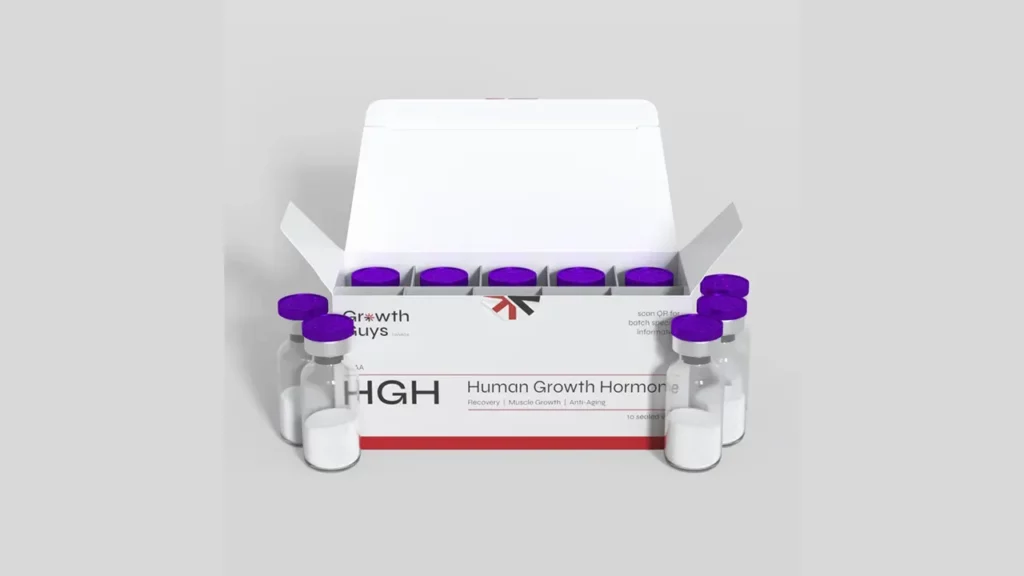
How Does Tesamorelin Injection Work?
This drug is not HGH itself. Instead, it stimulates your body to naturally produce its own growth hormone. Once injected, tesamorelin binds to the pituitary gland and triggers the natural, pulsatile release of HGH—similar to what happens in a healthy young adult.
This natural rise in HGH also boosts IGF-1 (Insulin-like Growth Factor 1) levels. Together, HGH and IGF-1 dramatically increase fat metabolism, particularly in the abdominal region.
Unlike direct HGH injections—which can shut down your body’s own hormone production—tesamorelin injection keeps the body’s natural “factory line” running.
Also read this: The most important things you should know about Maciza injection
Tesamorelin vs. HGH vs. Steroids: Key Differences
These three are often confused, but their mechanisms and risks are very different.
| Compound | Main Goal | How It Works | Biggest Risk |
|---|---|---|---|
| Tesamorelin injection | Reducing visceral (belly) fat | Stimulates body’s natural HGH production | Blood sugar imbalance, diabetes risk |
| HGH (Human Growth Hormone) | Recovery, general fat burning, growth | Direct injection of synthetic HGH | Shuts down natural production, carpal tunnel syndrome |
| Anabolic Steroids | Building lean muscle mass | Mimics testosterone effects | Liver and heart damage, hormone suppression |
Scientifically Proven Benefits of Tesamorelin Injection
So, what can patients (under medical supervision) really expect?
1. Significant Reduction in Visceral Fat
This is the most documented benefit. Clinical studies show tesamorelin injection can reduce belly fat by up to 20%. However, its effect on subcutaneous fat (the fat you can pinch) is minimal. For six-pack abs, you’ll still need diet and cardio.

2. Preservation of Muscle During Weight Loss
During calorie restriction, the body often breaks down muscle tissue for energy. By raising HGH, tesamorelin injection helps preserve valuable muscle mass while burning fat. It doesn’t build big muscles like steroids—it mainly improves body composition.

3. Potential Cognitive Benefits
Some studies suggest tesamorelin might improve brain function, especially in older adults, due to its natural HGH stimulation. However, this is not yet fully proven.
Also read this: What Is Victoza Injection and How Does It Help With Weight Loss?
Side Effects and Risks of Tesamorelin Injection
Like any powerful drug, tesamorelin injection comes with risks. Using it without medical supervision is like walking on a knife’s edge.
Common Side Effects (Manageable)
- Joint pain (arthralgia): caused by water retention in connective tissues.
- Fluid retention (edema): swelling in hands and feet.
- Muscle pain or cramps.
- Injection site reactions: redness, itching, swelling.
Serious Side Effects (Require Medical Attention)
- Increased risk of type 2 diabetes: HGH can cause insulin resistance, making regular blood sugar monitoring essential.
- Tumor growth risk: Tesamorelin itself is not carcinogenic, but if hidden tumors exist, it can fuel their growth. This makes it absolutely prohibited for anyone with a history of cancer.
Who Should Never Use Tesamorelin Injection?
Tesamorelin injection is strictly forbidden for:
- Anyone with active or past cancer
- Pregnant or breastfeeding women
- People with pituitary gland damage or surgery
- Patients with active diabetic retinopathy
- Anyone allergic to tesamorelin or its ingredients
- Individuals under 18 years old
Also read this: The Truth About Ozempic Injection: The Most Revolutionary Weight Loss Drug of the Decade
Dosage and Best Time to Use Tesamorelin Injection
Tesamorelin comes as a lyophilized (freeze-dried) powder in glass vials. It must be reconstituted with sterile water before use.
- Standard medical dose: 2 mg daily
- Method: Subcutaneous injection (into belly fat)
- Best time: Before bedtime, to mimic the body’s natural nighttime HGH release.
Rotating injection sites is recommended to avoid tissue damage.
Also read this: The Truth About Ozempic Injection: The Most Revolutionary Weight Loss Drug of the Decade
FAQs About Tesamorelin Injection
No. It’s a peptide that stimulates HGH production—not an anabolic steroid.
Be patient. It usually takes at least 3 months for noticeable fat reduction, with optimal results after 6+ months.
No. It’s prescription-only. Buying from black markets is illegal and dangerous due to risks of contamination or fake products.
Unfortunately, the effects are not permanent. Fat levels may return once the therapy is discontinued.
Final Word: Should You Consider Tesamorelin Injection?
Tesamorelin injection is a fascinating medical breakthrough with proven ability to reduce stubborn belly fat and preserve muscle. But it is not a magic solution, and it carries serious risks. It should only be used under strict medical supervision and never as a casual fitness shortcut.
For athletes or fitness enthusiasts, the safest long-term strategy is still the same: consistent training, balanced nutrition, and patience.



